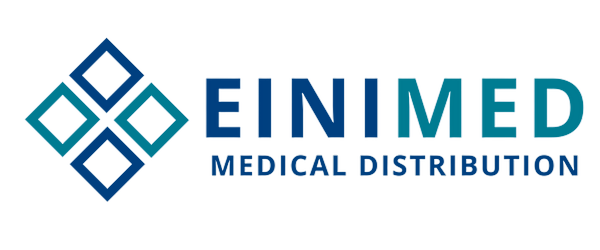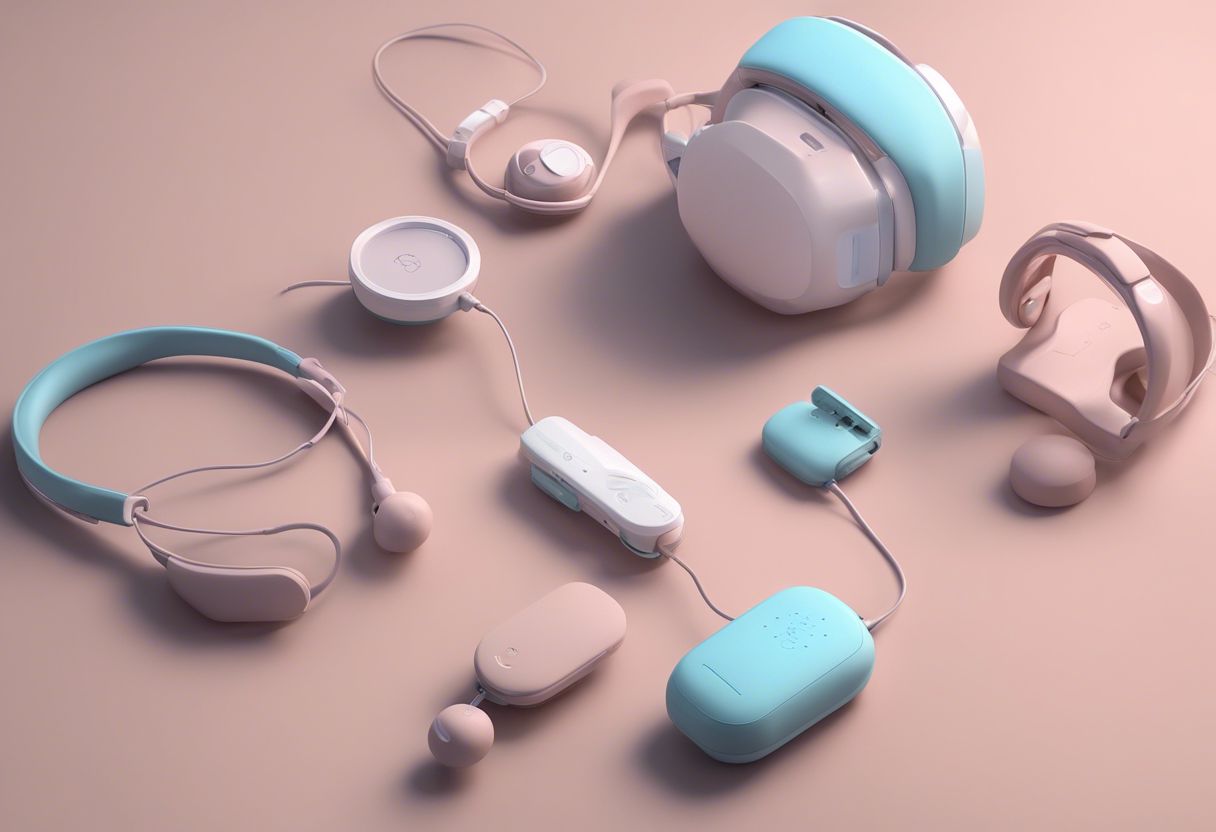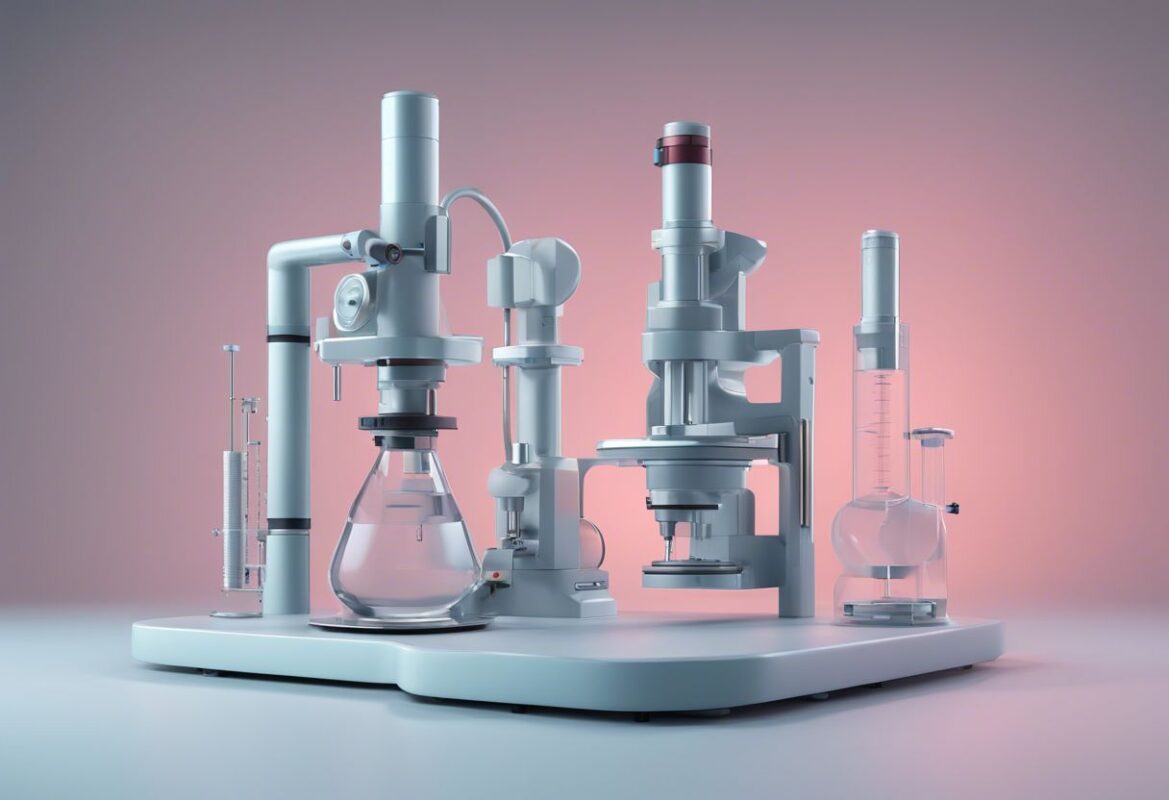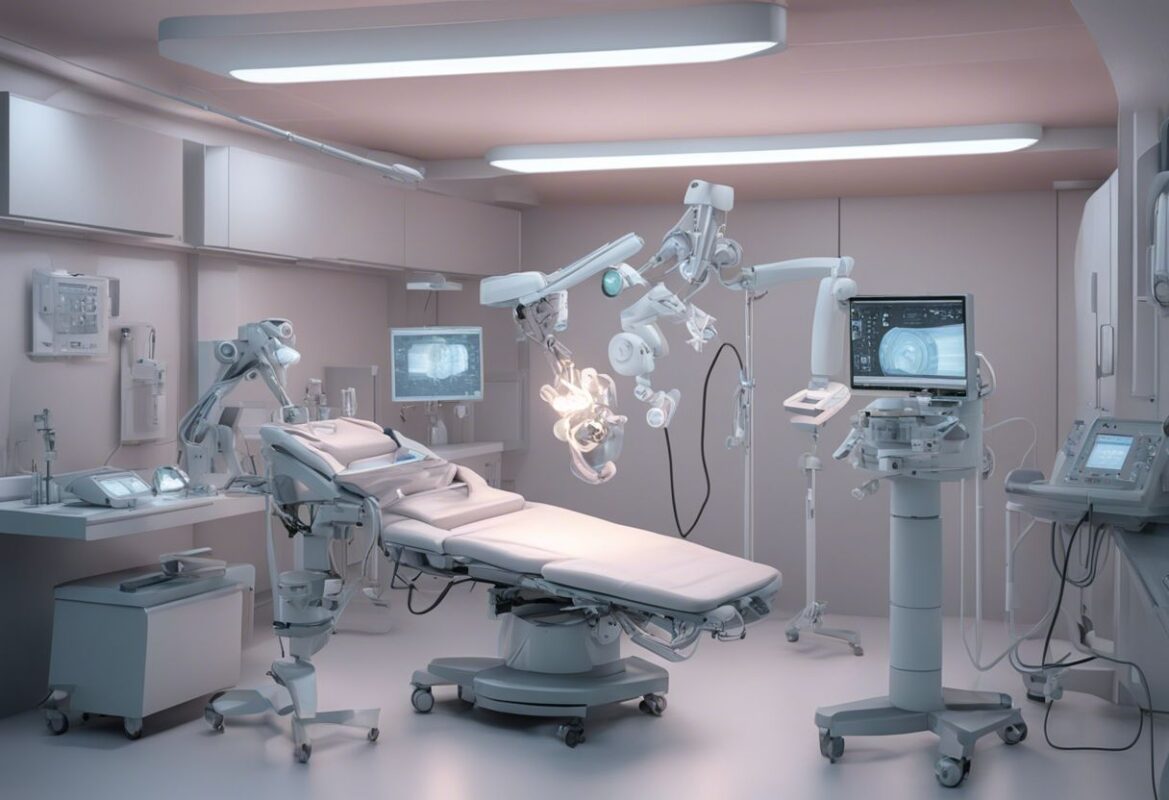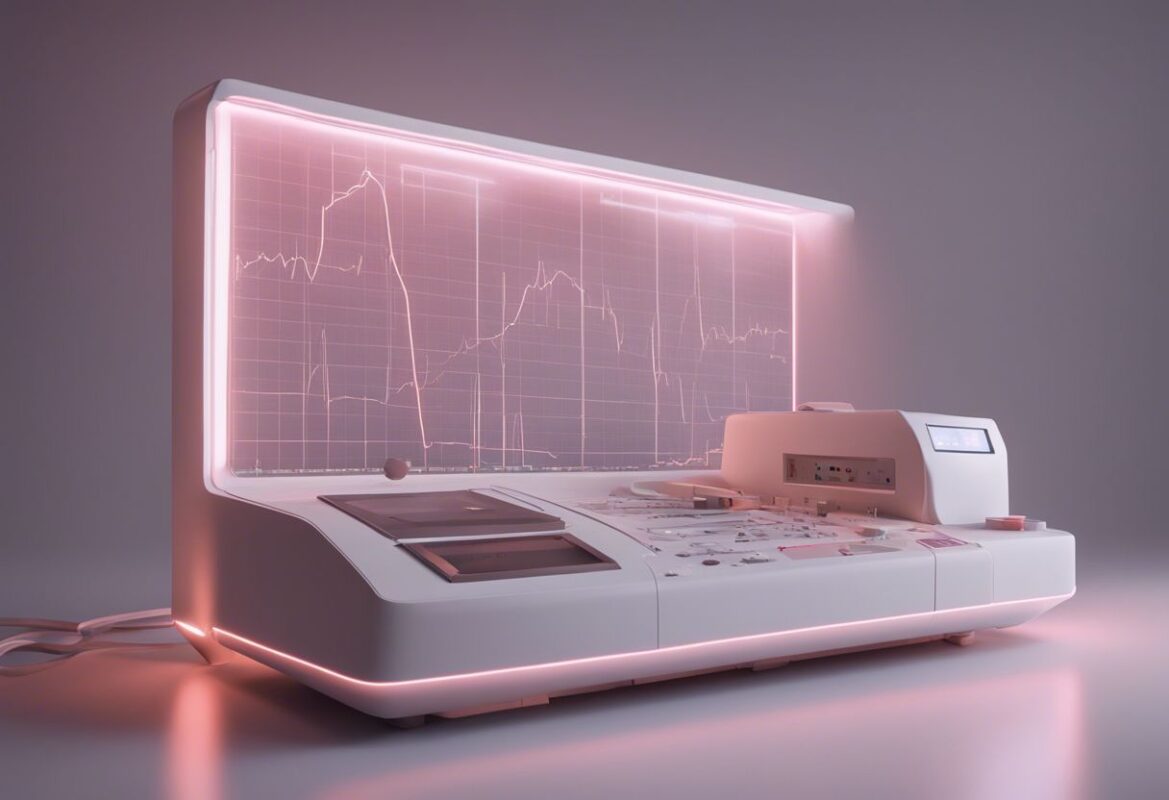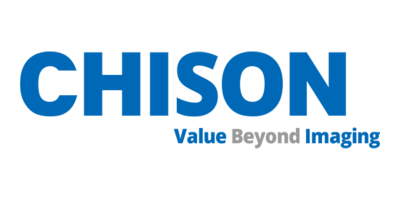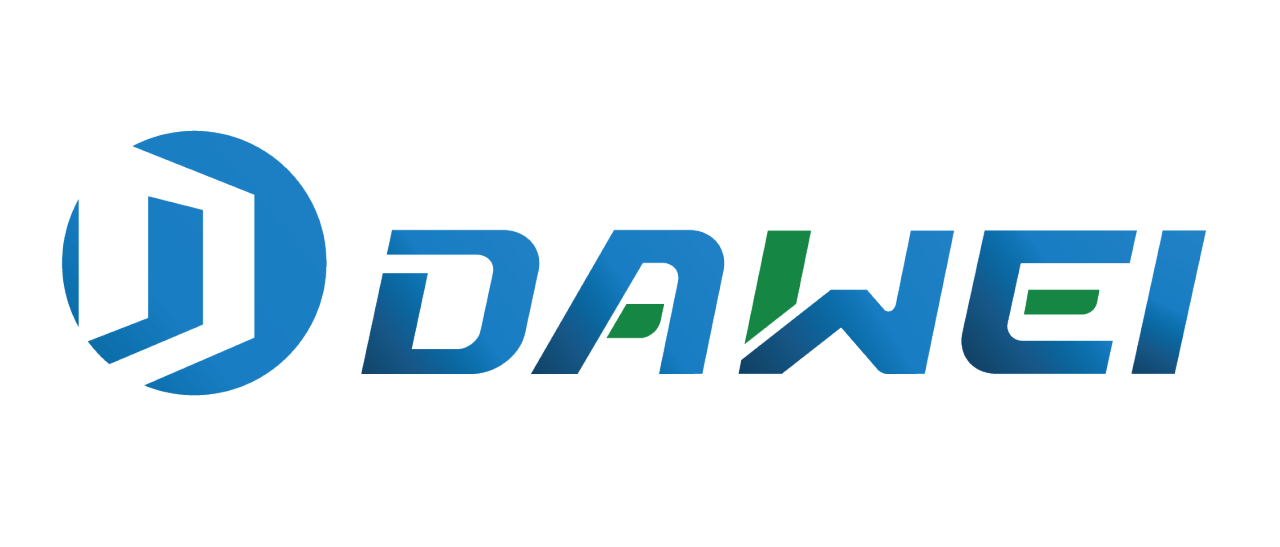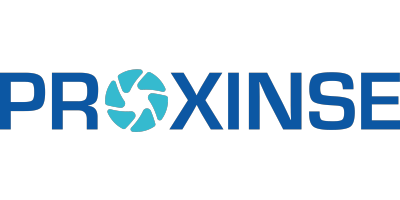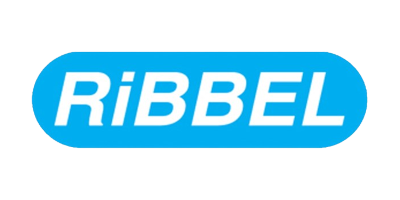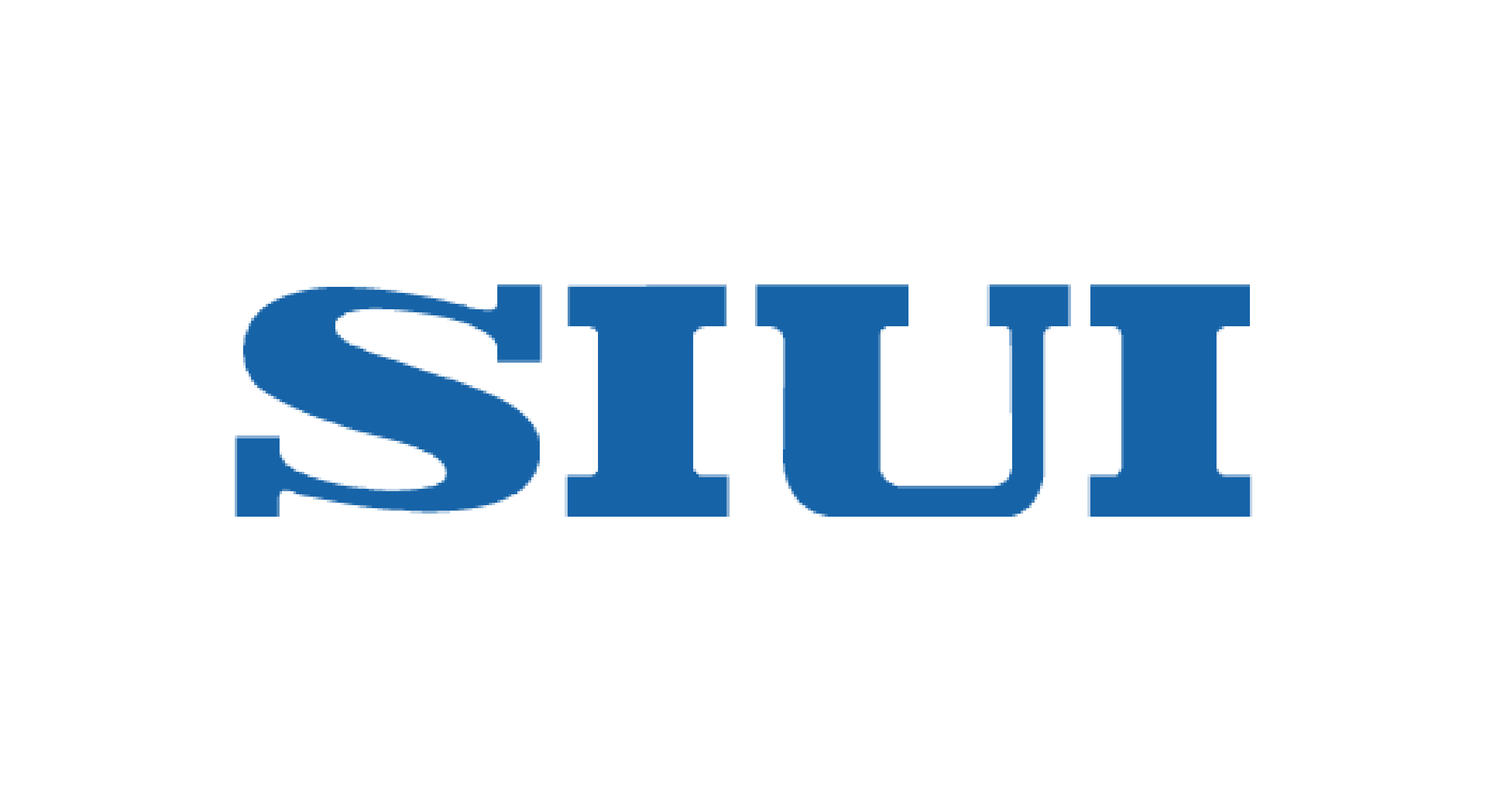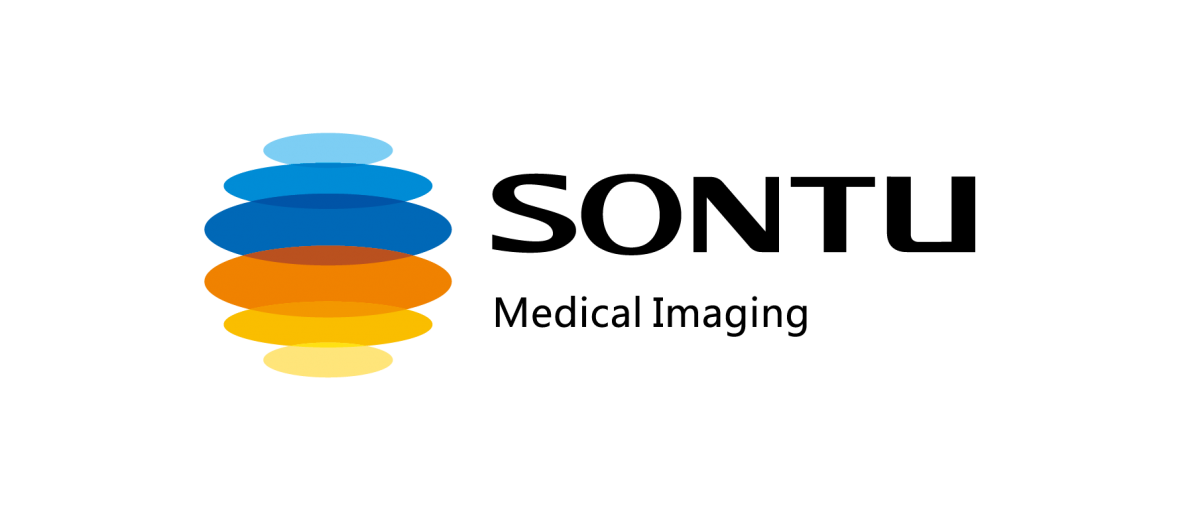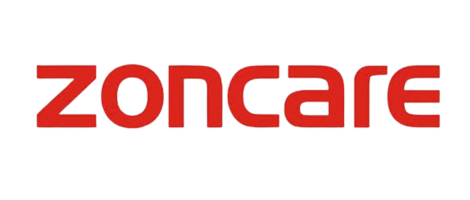Wearable health devices have revolutionized the healthcare industry by providing continuous, real-time monitoring of various health parameters. These devices empower individuals to take charge of their health, offer valuable data for healthcare providers, and enable early detection and management of health conditions. In this detailed post, we explore the types of wearable health devices, their applications, benefits, and future trends shaping this dynamic field.
Understanding Wearable Health Devices
Wearable health devices are electronic gadgets worn on the body that monitor and track health-related data. They range from fitness trackers and smartwatches to advanced medical devices that measure specific health parameters.
Key Characteristics of Wearable Health Devices
- Portability: Designed to be lightweight and easy to wear.
- Continuous Monitoring: Provide real-time data on various health metrics.
- Connectivity: Sync with smartphones and other devices for data analysis and sharing.
- User-Friendly Interfaces: Easy to use, often with intuitive apps for data visualization.
Types of Wearable Health Devices and Their Applications
1. Fitness Trackers
Overview
Fitness trackers monitor physical activity, helping users track their steps, calories burned, and overall activity levels.
Key Features
- Step Counting: Measures the number of steps taken daily.
- Calorie Tracking: Estimates calories burned during physical activities.
- Sleep Monitoring: Analyzes sleep patterns to provide insights into sleep quality.
Applications
- Personal fitness and wellness tracking
- Encouraging a more active lifestyle
- Weight management
2. Smartwatches
Overview
Smartwatches combine the functionality of fitness trackers with additional features like heart rate monitoring, notifications, and apps.
Key Features
- Heart Rate Monitoring: Tracks heart rate throughout the day and during exercises.
- ECG Monitoring: Advanced models can perform electrocardiograms to detect heart irregularities.
- Notifications and Apps: Syncs with smartphones to provide alerts and run health-related apps.
Applications
- Health and fitness tracking
- Heart health monitoring
- Smart notifications and connectivity
3. Continuous Glucose Monitors (CGM)
Overview
CGM devices provide continuous monitoring of blood glucose levels for individuals with diabetes.
Key Features
- Real-Time Glucose Monitoring: Provides constant glucose readings throughout the day.
- Alerts for High/Low Levels: Notifies users of potential blood glucose issues.
- Data Logging: Tracks glucose trends over time for better management.
Applications
- Diabetes management
- Monitoring blood glucose trends
- Preventing hyperglycemia and hypoglycemia
4. Wearable ECG Monitors
Overview
Wearable ECG monitors provide continuous heart monitoring, detecting irregularities and potential cardiac events.
Key Features
- Continuous ECG Monitoring: Records heart activity over extended periods.
- Arrhythmia Detection: Identifies irregular heartbeats and alerts the user.
- Data Transmission: Syncs with mobile devices for data analysis and sharing with healthcare providers.
Applications
- Cardiac health monitoring
- Detecting arrhythmias and other heart conditions
- Remote patient monitoring
5. Blood Pressure Monitors
Overview
Wearable blood pressure monitors provide convenient, continuous tracking of blood pressure.
Key Features
- Automatic Measurements: Takes regular blood pressure readings throughout the day.
- Data Storage: Logs readings for trend analysis.
- Alerts: Notifies users of high or low blood pressure readings.
Applications
- Hypertension management
- Monitoring blood pressure trends
- Preventing cardiovascular events
6. Wearable Respiratory Monitors
Overview
These devices monitor respiratory parameters, providing valuable data for individuals with chronic respiratory conditions.
Key Features
- Respiratory Rate Monitoring: Tracks the number of breaths per minute.
- Oxygen Saturation: Measures the oxygen level in the blood.
- Activity Tracking: Correlates respiratory data with physical activity levels.
Applications
- Managing chronic respiratory conditions like COPD and asthma
- Monitoring oxygen saturation levels
- Providing data for personalized treatment plans
Benefits of Wearable Health Devices
Enhanced Self-Monitoring
Wearable health devices empower individuals to monitor their health in real-time, providing immediate feedback and encouraging proactive health management. Users can track their progress, set goals, and make informed decisions about their health and wellness.
Early Detection of Health Issues
Continuous monitoring and advanced analytics enable the early detection of potential health problems. Wearable devices can alert users and healthcare providers to irregularities, allowing for timely intervention and treatment.
Improved Chronic Disease Management
For individuals with chronic conditions such as diabetes, hypertension, and heart disease, wearable health devices offer continuous monitoring and data logging. This information helps in managing the disease more effectively and tailoring treatment plans to individual needs.
Enhanced Patient Engagement
Wearable devices increase patient engagement by making health monitoring more accessible and interactive. Users can easily share their data with healthcare providers, facilitating better communication and collaborative care.
Data-Driven Healthcare
The vast amount of data generated by wearable health devices contributes to a more data-driven approach to healthcare. Healthcare providers can analyze trends, identify patterns, and make evidence-based decisions to improve patient outcomes.
Future Trends in Wearable Health Devices
Integration with AI and Machine Learning
- Innovation: AI and machine learning algorithms will enhance the analysis of data from wearable health devices, providing more accurate insights and predictive analytics.
- Impact: Improved diagnostic accuracy, personalized health recommendations, and proactive health management.
Expansion of Health Metrics
- Innovation: Development of new sensors and technologies will enable wearable devices to monitor a wider range of health metrics, including hydration levels, stress, and muscle activity.
- Impact: More comprehensive health monitoring, leading to a better understanding of overall wellness.
Enhanced Connectivity and Interoperability
- Innovation: Improved connectivity and interoperability with other health technologies and electronic health records (EHR) systems.
- Impact: Seamless data integration, improved care coordination, and enhanced patient outcomes.
Wearable Health Devices for Remote Monitoring
- Innovation: Expanded use of wearable devices for remote patient monitoring, particularly in telehealth and home healthcare settings.
- Impact: Increased access to healthcare, especially in rural and underserved areas, and reduced healthcare costs.
Sustainable and Eco-Friendly Designs
- Innovation: Development of eco-friendly wearable devices using sustainable materials and energy-efficient technologies.
- Impact: Reduced environmental impact and alignment with global sustainability goals.
Conclusion
Wearable health devices have transformed personal health monitoring, offering continuous, real-time data that empowers individuals and enhances healthcare delivery. From fitness trackers and smartwatches to advanced medical devices like CGMs and wearable ECG monitors, these technologies provide valuable insights into various health parameters. As advancements continue to drive the field forward, the future of wearable health devices promises even greater innovations, including AI integration, expanded health metrics, and enhanced connectivity. By staying informed about these developments, individuals and healthcare providers can leverage wearable health technologies to improve health outcomes and promote a proactive approach to health and wellness.
